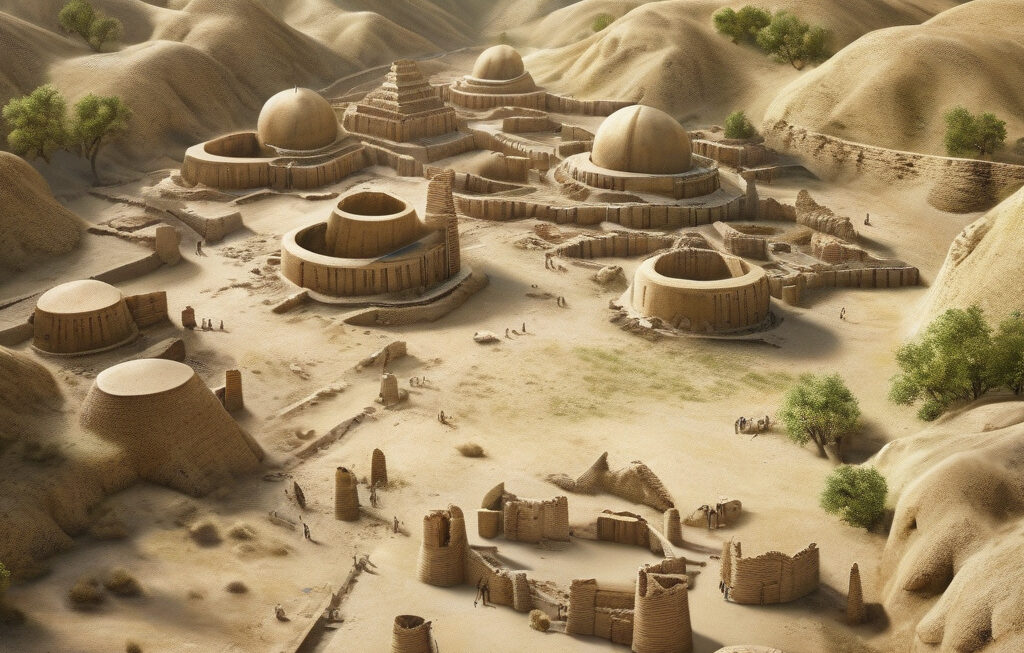6,200-Year-Old Mysterious Cone-Shaped Skull in Iran Astonishes Archaeologists
Archaeologists have uncovered the intriguing cone-shaped skull of a young woman who also suffered mysterious physical trauma in what is now modern-day Iran. This remarkable discovery dates back approximately 6,200 years, shedding light on ancient burial practices and raising questions about the culture and beliefs of our ancestors.
The excavation site, located in the ancient city of Isfahan, revealed the remains of a young woman with an elongated skull. The skull’s peculiar shape has puzzled researchers, sparking various theories and speculations about its significance. Some experts suggest that the cone-shaped skull may have been intentionally modified through ancient rituals or cultural traditions, while others believe it could be a result of a genetic anomaly or deformity.
What makes this discovery even more intriguing is the additional physical trauma found on the woman’s remains. Analysis of the skeletal remains indicated signs of a violent death, with fractures on the skull and other bones. The combination of the cone-shaped skull and the evidence of trauma has captivated archaeologists and historians, prompting further investigation into the circumstances surrounding her life and death.
The find in Isfahan adds to a growing body of evidence that challenges our understanding of ancient civilizations and their practices. Archaeological discoveries like this provide valuable insights into the beliefs, customs, and rituals of early human societies. The cone-shaped skull serves as a reminder of the diversity and complexity of cultural practices throughout history, encouraging us to reevaluate our assumptions about the past.
Furthermore, this discovery highlights the importance of preserving and studying archaeological sites to unravel the mysteries of our ancestors. By meticulously excavating and analyzing ancient remains, researchers can piece together the puzzle of human history and gain a deeper appreciation for the rich tapestry of cultures that have existed over millennia.
As technology and research methods continue to advance, we can expect more astonishing discoveries that challenge our perceptions of the past. The cone-shaped skull found in Isfahan is a testament to the enduring enigma of the human experience and the endless possibilities for exploration and discovery in the field of archaeology.
In conclusion, the 6,200-year-old mysterious cone-shaped skull in Iran serves as a captivating reminder of the complexity of ancient civilizations and the enduring mysteries that still lie buried beneath the earth. As archaeologists continue to unearth new findings and piece together the story of our past, we are reminded of the boundless potential for discovery and the importance of preserving our shared heritage.
archaeology, ancientcivilizations, culturalpractices, humanhistory, archaeologicaldiscoveries












